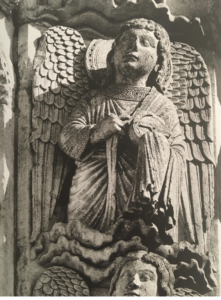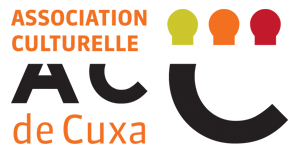Emma Claverie, Ecole nationale des Chartes


Four astrolabes appear in the archways framing the tympanum of the central bay of the Royal Portal of Chartres Cathedral. Carried by the angels of the Apocalypse placed around Christ in majesty, their presence raises questions about the relationship that the intellectuals of Chartres had with this object, and more broadly about their interest in the study and teaching of astronomy.
The Beauceron portal was built in the middle of the 12th century, the golden age of what has been called the “Chartres School”, which was one of the most renowned teaching centers in the kingdom.
The astrolabe therefore has a natural place in this environment, as the primary purpose of this instrument is educational, and not scientific as one might think. The intellectuals of Chartres demonstrated their attraction for this tool very early on, as evidenced by the numerous manuscripts referring to it in the cathedral library.
They were also at the forefront of astronomical research and knew the latest texts written by their contemporaries, which they taught to their pupils.
Finally, the multiple representations of the astrolabe take on a special meaning in the western façade, the only remnant of Fulbert’s cathedral. Gravitating around Christ, they symbolize the rational world ordered by the laws of physics over which God reigns.

